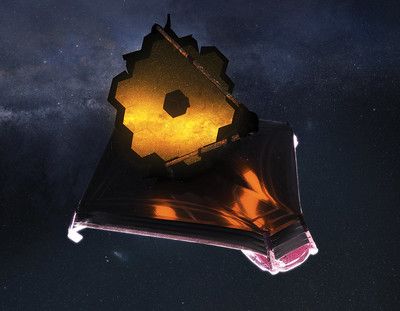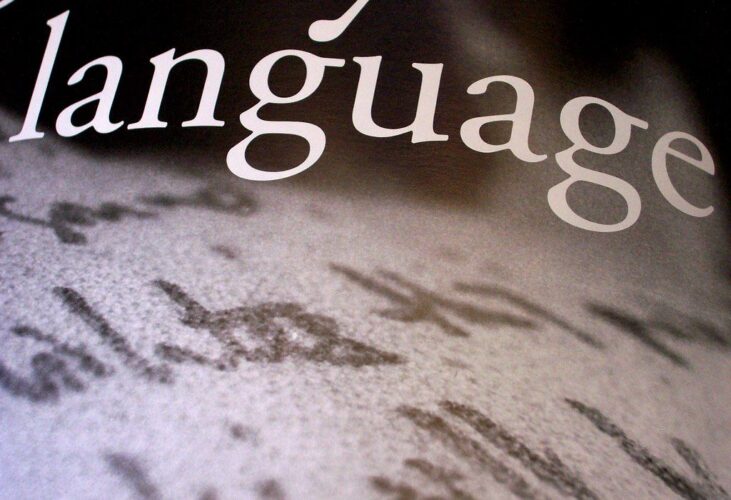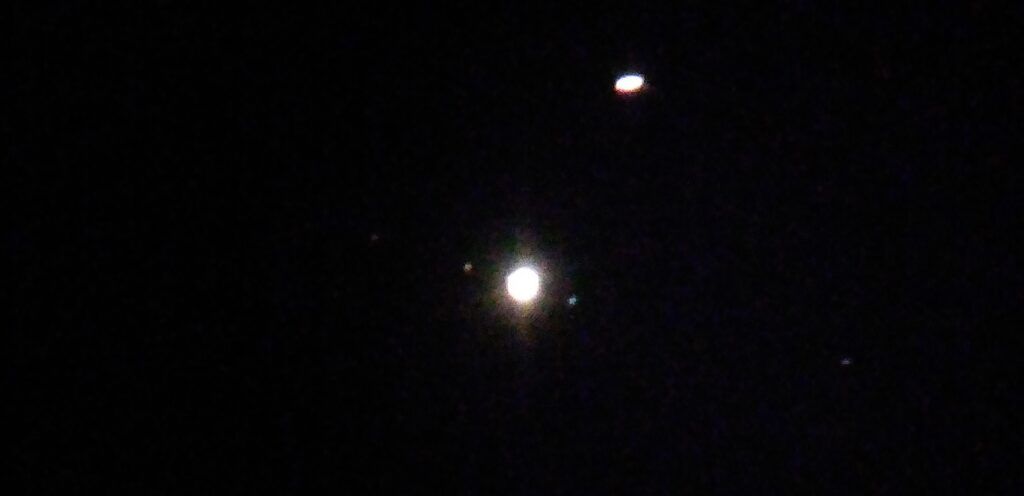Soooooo – I have really gotten behind on writing posts. In my defense, I used my holiday break to redesign a website, and then I have been getting adjusted to a new internship/practicum for this semester with NC LIVE, in addition to continuing work as a research assistant, a class, and working as an intern at the campus library. So I am going to go ahead and say that updating is going to be a spotty for a few months! I have decided to try to do at least two Recommendation posts a month, and see how that goes. If possible, I will add another post sometime in the month. It’s just a matter of getting into the habit, so here goes!
I decided to post a few embeds about the Webb Telescope that just achieved its halo orbit of the L2 point last week. It was an incredible achievement, and I was tracking it from it’s launch on December 25 to is final orbit. NASA has a great website that has updates on how it is proceeding and what is coming up. Now that the telescope is completely unfolded, and it is in place at the L2 point, there are several months of testing and getting the mirrors completely aligned for observations. I remember the same process being done for the Hubble telescope, but without all the great internet options for keeping up with it’s progress. I was taking astronomy as Hubble was being launched and tested, and I remember the excitement of waiting for the first images (which were a big problem that had to be corrected with a spacewalk).
I have been listening to a number of podcasts about the telescope, and I also wanted to know more about Lagrange Points (Webb is at L2 of 5). So in addition to the NASA JWST link, I have a YouTube video by a Scottish physicist named Scott Manly, who has a really good video explaining what the Lagrange points are and how they work. For general information about the telescope and what it is going to look for, I am including two podcasts from Vox media’s Unexplainable, which I have recommended before. These two podcasts are each about 25 minutes, and give a good overview. If you like astronomy like I do, the Webb Telescope is a great thing to be excited about!
Webb Telescope –NASA website link
You can also check out the YouTube videos of the big points of opening the telescope. They are usually about 2 hours long, but they contain a lot of information from the people actually doing the work of launching and unfolding the telescope. (The featured image for this post is from the NASA artist images of the telescope in space; you can find those from this link as well!)
General overview from Vox
Lagrange Points description




